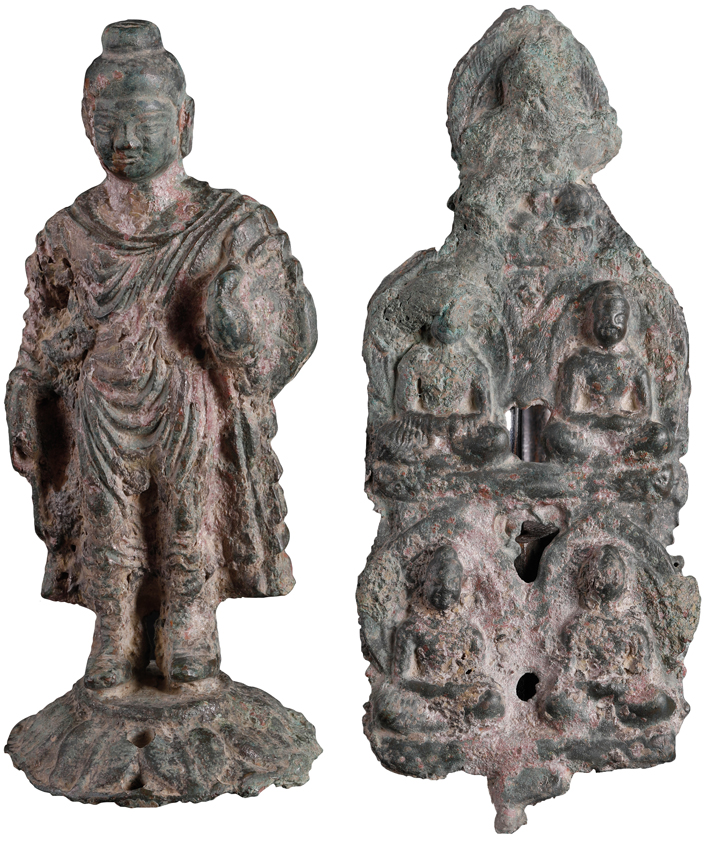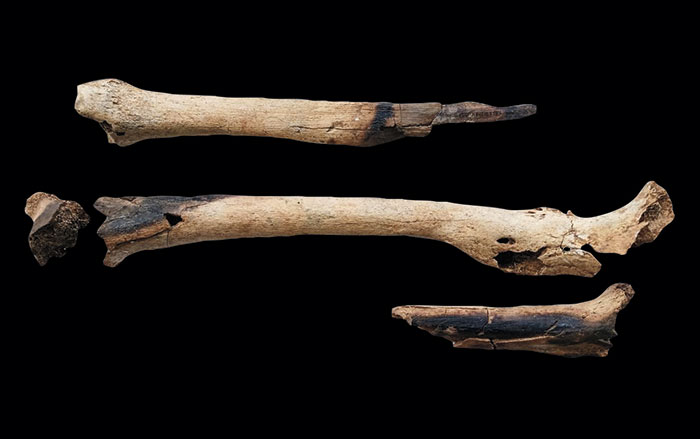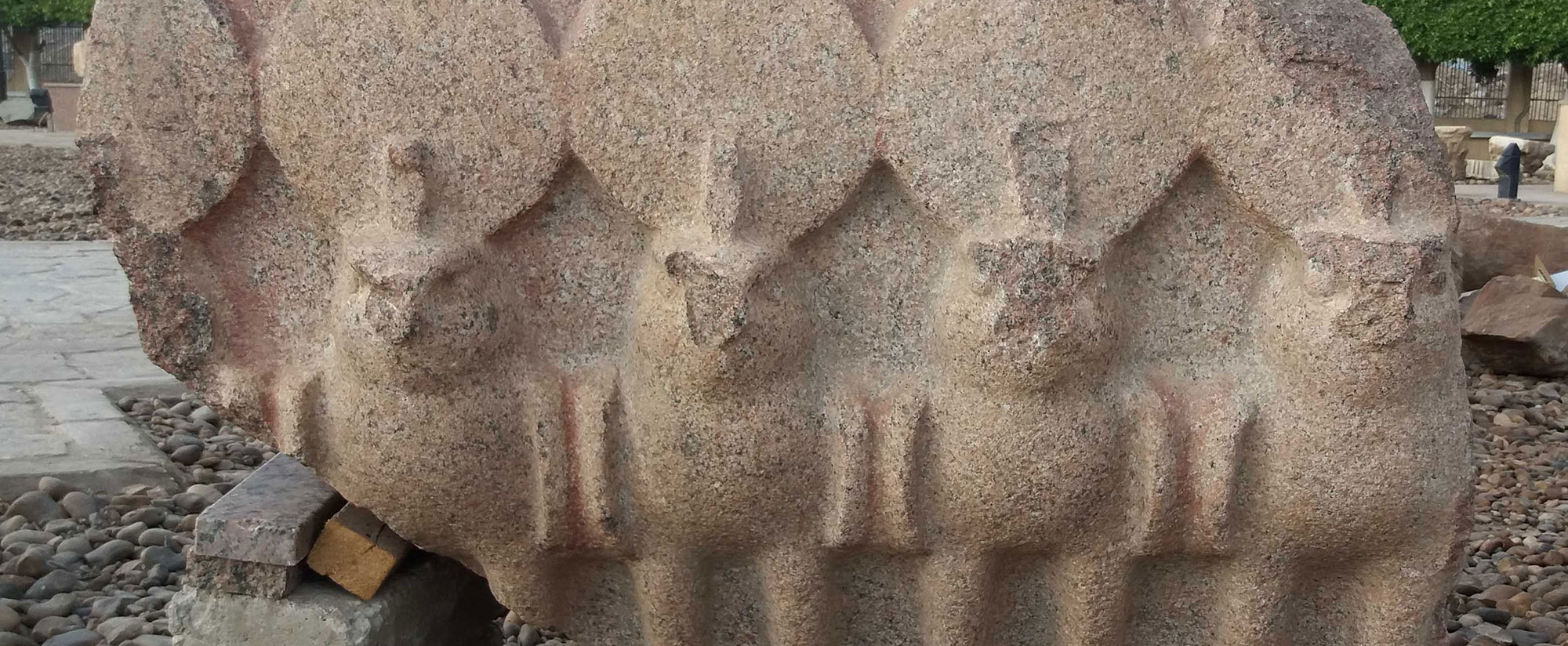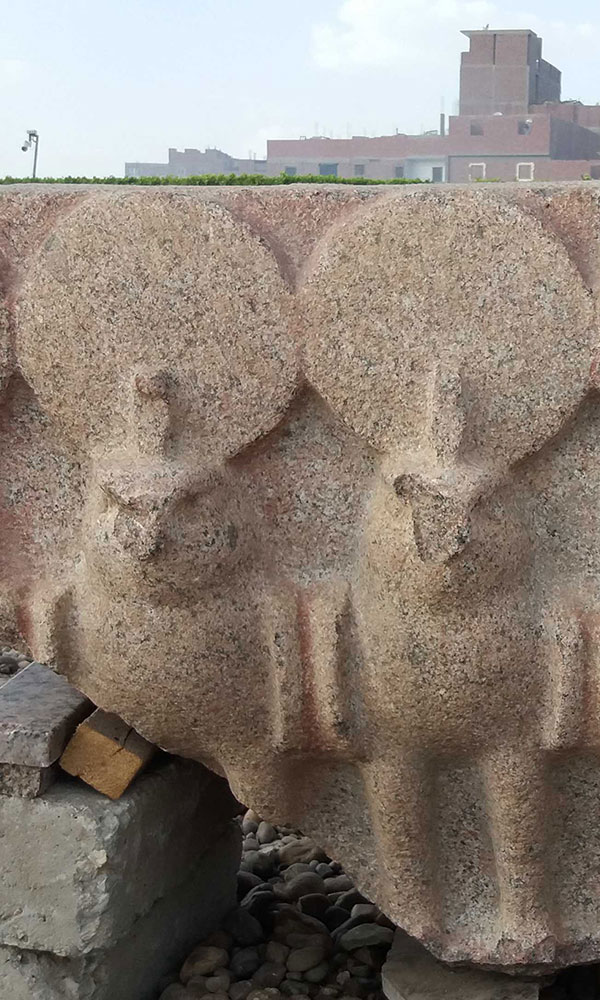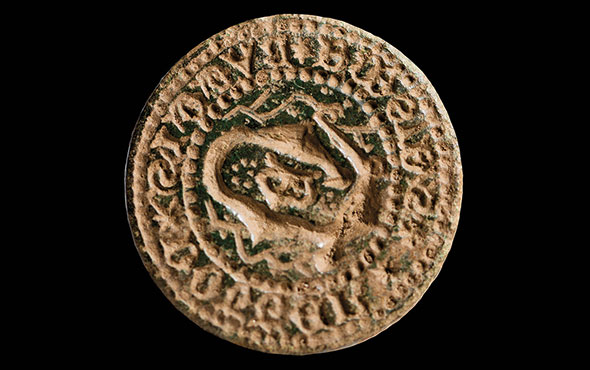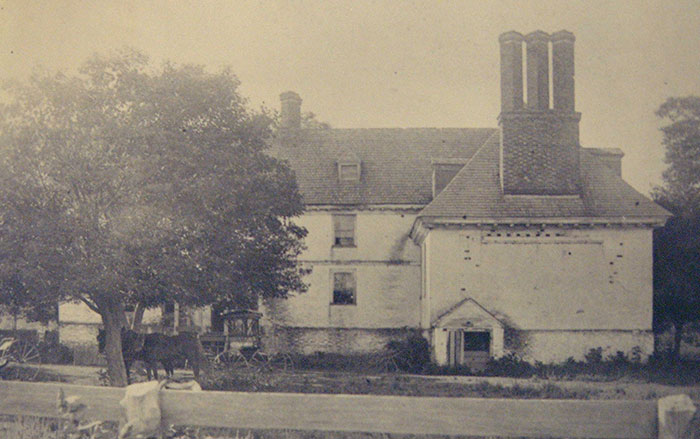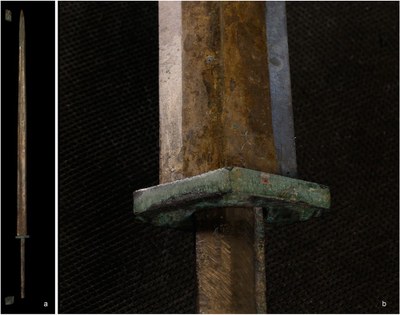
CAMBRIDGE, ENGLAND—Cosmos reports that Marcos Martinón-Torres of the University of Cambridge and his colleagues analyzed well-preserved bronze weapons found with the terracotta army in the tomb of Qin Shihuang, the first emperor of China, who ruled from 221 to 210 B.C. It had been suggested that the weapons remained in good condition because they were coated with a thin layer of rust-resistant chromium salt oxide, but Martinón-Torres and his team found traces of chromium on just 37 of the 464 weapons they tested. Moreover, the presence of chromium on a weapon did not correlate with how well it was preserved. Chromium was found most often at the point where the blade would have met a wooden haft or handle, and was only rarely found on the blade of a sword or the point of an arrow. Martinón-Torres and his colleagues think chromium may have been applied to the wooden parts of weapons, and that any chromium that they detected on the metal parts of weapons was probably contamination from treated wood that had rotten away. Plentiful amounts of chromium were also found in the lacquer used to coat the warriors. For more on the terracotta army, go to “Riding into the Afterlife.”



